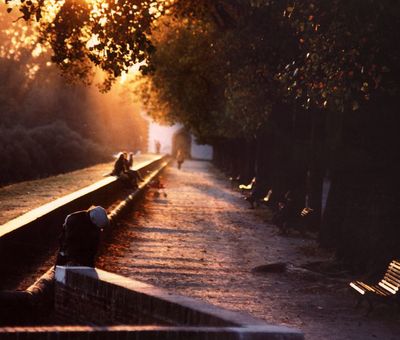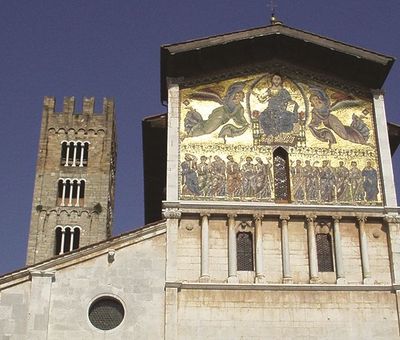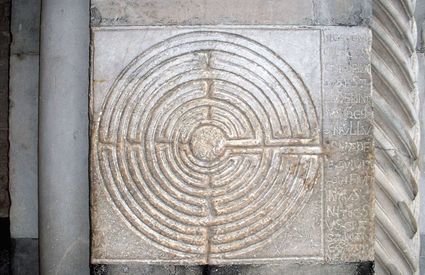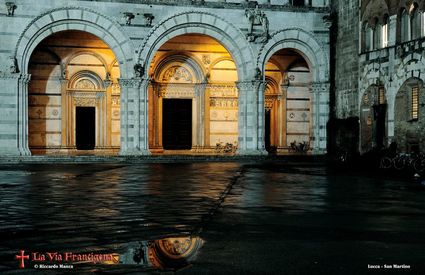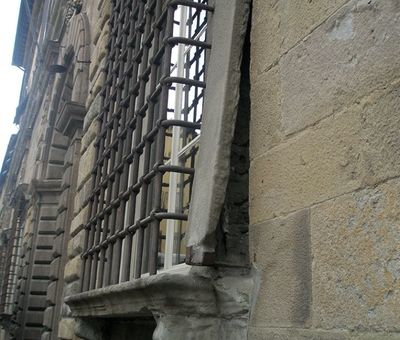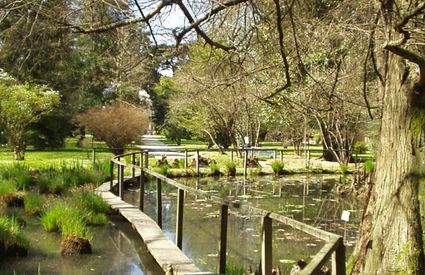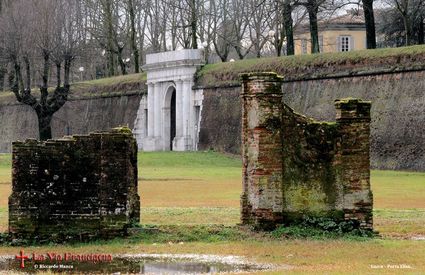Mysteries and legends
Who would have thought that the 16th-century walls of Lucca held miracles, misdeeds and legends? The city is the backdrop to events that remain shrouded in mystery and for which, even today, we cannot find a rational explanation. Stories of devils and saints, intrigue and profanities paint Lucca in a magical and mysterious light. To look beyond the surface ... all you have to do is open your eyes.
A saint named Zita
Saint Zita was born in Lucca in 1218. Of humble origins, she worked as a maid at the Palazzo Fatinelli beside the Basilica di S. Frediano. One day in the square, she came upon a cold beggar and, moved by compassion, ran to the palace to get a cloak. But Zita’s masters weren’t to know this because an angel waited for the young girl at the palace’s archway with a new cloak. And thus the “Porta dell’Angelo” was born.
The devil’s stone
In the early 1500s the rich Bernardini family decided to erect a building in the square. During its construction, it is said that the devil convinced the family to remove a sacred image placed on a part of building not in line with that designed by Nicolao Civitali. When workers began to build the window jamb to the right of the entrance door, the devil decided to leave his mark in memory of the desecration and thus the stone remained hopelessly bent. Numerous interventions by the workers couldn’t fix it. The stone continued to sag. Even today, passing in front of the building, you’ll notice the strange position of the jamb. On nights when the moon is full, you can almost hear his fiery carriage bearing Lucida Mansi once around the walls before diving into the pond at the Orto Botanico. Legend has it that on those nights, you can hear the youth’s cries of pain.


